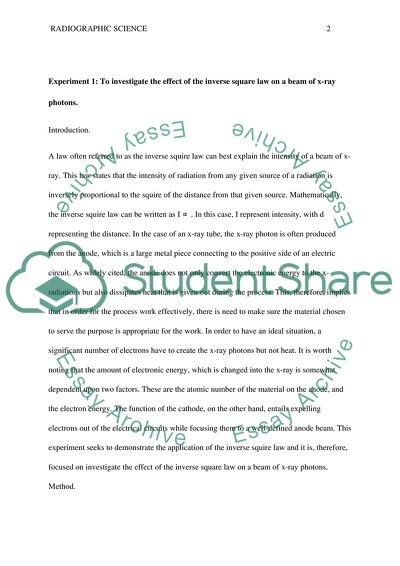Cite this document
(Radiographic Science Experiments Lab Report Example | Topics and Well Written Essays - 2000 words, n.d.)
Radiographic Science Experiments Lab Report Example | Topics and Well Written Essays - 2000 words. https://studentshare.org/health-sciences-medicine/1794022-radiographic-science-practical-essay-writing-up
Radiographic Science Experiments Lab Report Example | Topics and Well Written Essays - 2000 words. https://studentshare.org/health-sciences-medicine/1794022-radiographic-science-practical-essay-writing-up
(Radiographic Science Experiments Lab Report Example | Topics and Well Written Essays - 2000 Words)
Radiographic Science Experiments Lab Report Example | Topics and Well Written Essays - 2000 Words. https://studentshare.org/health-sciences-medicine/1794022-radiographic-science-practical-essay-writing-up.
Radiographic Science Experiments Lab Report Example | Topics and Well Written Essays - 2000 Words. https://studentshare.org/health-sciences-medicine/1794022-radiographic-science-practical-essay-writing-up.
“Radiographic Science Experiments Lab Report Example | Topics and Well Written Essays - 2000 Words”. https://studentshare.org/health-sciences-medicine/1794022-radiographic-science-practical-essay-writing-up.


